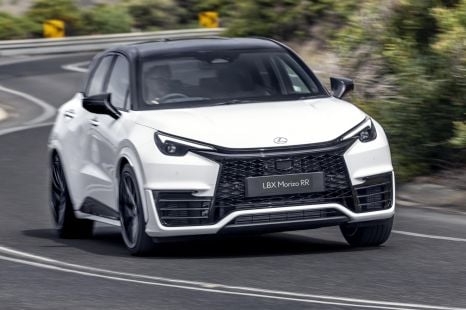

Josh Nevett
8
5 Days Ago
Dodge's CEO wants an affordable, back-to-basics sports car which would give the American brand a rival to the likes of the Mazda MX-5.
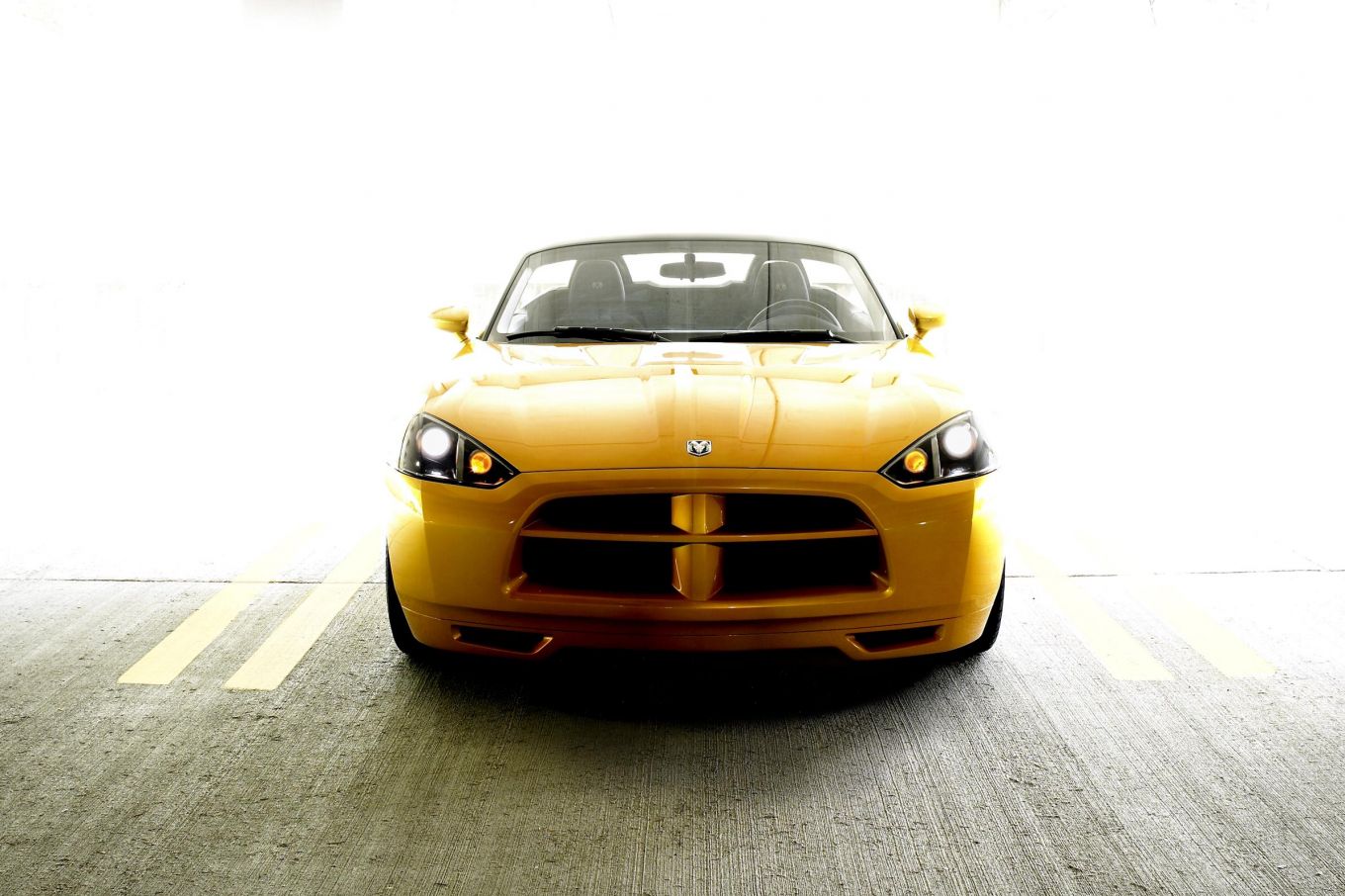
Dodge hasn’t built a sports car since the Viper ended production in 2017, but its new CEO wants to offer one again.
Instead of a wild V10-powered supercar, however, Dodge CEO Matt McAlear wants something much more accessible.
“Is there a need [for a new Viper]? I don’t know if there’s a need,” Mr McAlear told The Drive.
“Is there a want, a desire, and a market? I think yeah. I think there’s a market for two things. There’s a market for an entry-level halo and a top-of-the-line halo.”
Hundreds of new car deals are available through CarExpert right now. Get the experts on your side and score a great deal. Browse now.
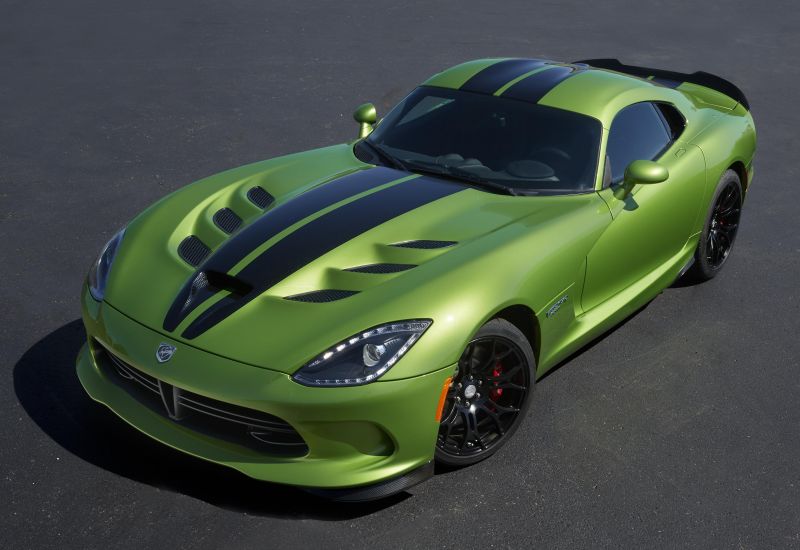
“I think there’s some kind of entry-level, back to that sub-$30,000 mark,” he continued. “I think there’s a market for people who just want to have that weekend car again, who would like a Viper, but don’t have that $100 or $120K. Something that doesn’t need all the safety features, doesn’t need the heated seats. Just a car.”
Dodge’s most affordable model at present is the Hornet small SUV, a lightly restyled Alfa Romeo Tonale priced from US$31,585 (~A$49,500).
While the implication appears clear, Mr McAlear didn’t explicitly draw a connection between this mooted entry-level sports car and other affordable sports cars like, say, the Mazda MX-5 and Toyota GR86 – both of which start at or just below US$30,000.
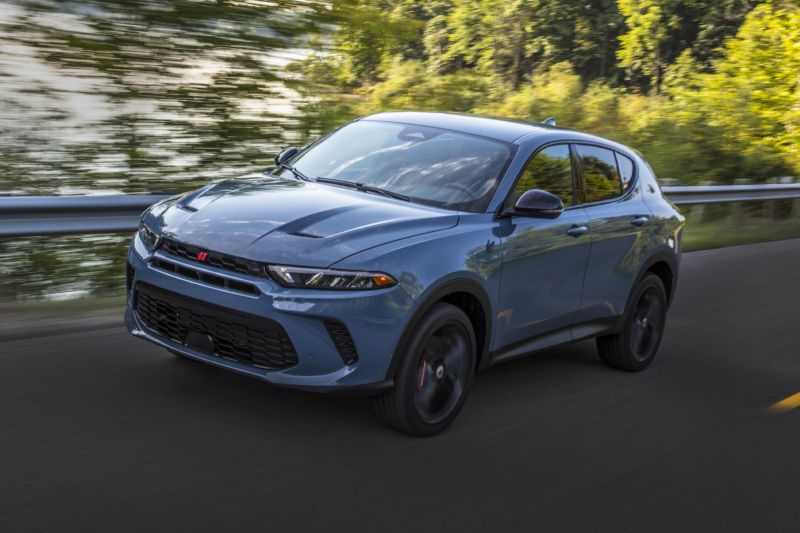
Instead, he said he was inspired by other motorised vehicles.
“I think there’s inspiration in seeing what some of the powersports companies have done. Not only the crazy side-by-sides, but the three-wheelers, the Slingshots, I think there’s something there,” he said.
He said any Dodge sports car won’t be a mere carbon copy of rivals, much as the Challenger was a larger, more comfortable rival to the Ford Mustang with wildly different styling.
“If we’re gonna do future products, we need to get original like the Viper. It’s gotta come to market and be unique and different and Dodge. Not a Corvette fighter, not a Mustang fighter,” he told The Drive.
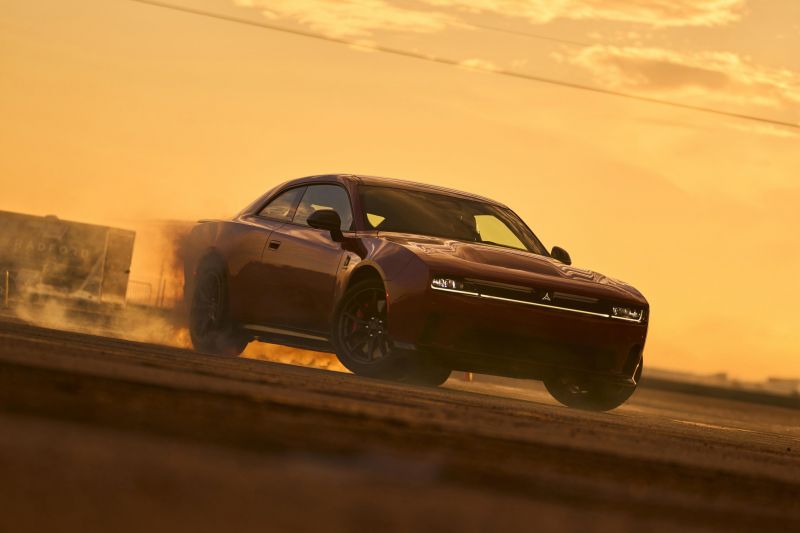
“That’s why we’ve never said we want to go after Mustang or Camaro, right? We’ve always been in a straight line, different kind of performance.”
Matt McAlear was appointed CEO of Dodge in June 2024.
He stepped into the role amid a period of transformation at the brand, with the old V6- and V8-powered Charger and Challenger having ended production at the end of 2023.
They’re being replaced with a new Charger coupe and sedan, launching first with electric power (the Charger Daytona) before twin-turbocharged inline six-cylinder versions (called Charger Sixpack) arrive later this year.
There’s no V8, much to the consternation of many Dodge fans.
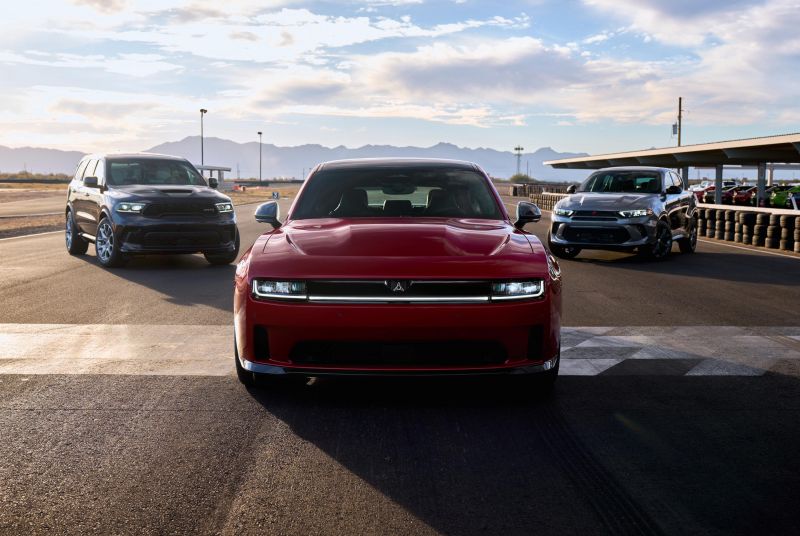
The new Charger range joins the aforementioned Hornet and the three-row Durango, a close relation to the previous-generation Jeep Grand Cherokee and the last Dodge available with a V8.
“Dodge doesn’t have to be everything to everybody,” he said.
“The beauty of the Stellantis showroom is that we have different brands that can offer different things to stand for.
“We can have two, three, four products and as long as they’re honed in and truly stand for Dodge, that’s all we need to focus on.”
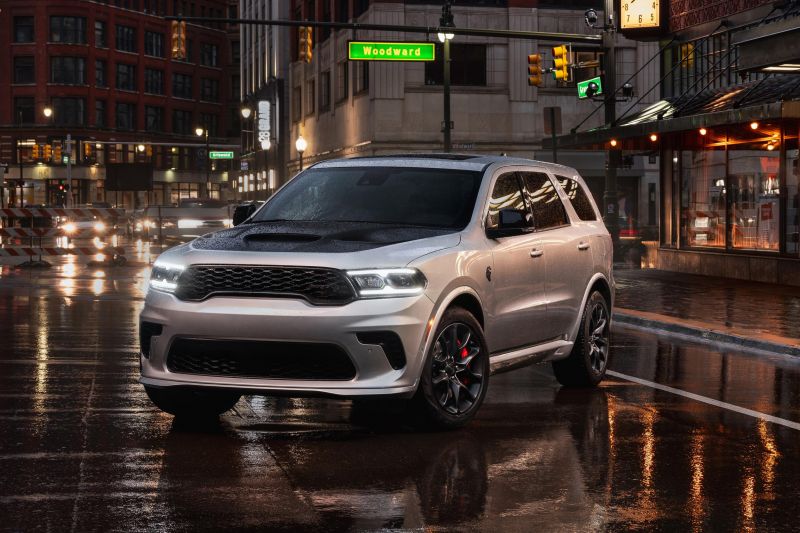
Gone are the days of Dodge being a full-line brand like Ford with everything from small hatchbacks to full-sized pickup trucks, with Ram having been split off in 2011 and taking commercial vehicles with it.
Dodge subsequently axed its people mover and other more mass-market models bar the Durango.
It introduced the Hornet in 2023, offering a choice of turbocharged or plug-in hybrid four-cylinder powertrains. It has proved a slow seller, however, despite being the brand’s most affordable model by a considerable margin.
“One of the things we’ve always done well at Dodge is knowing we have to be different, stand out, have best-in-class claims, we have to have performance first,” he said.
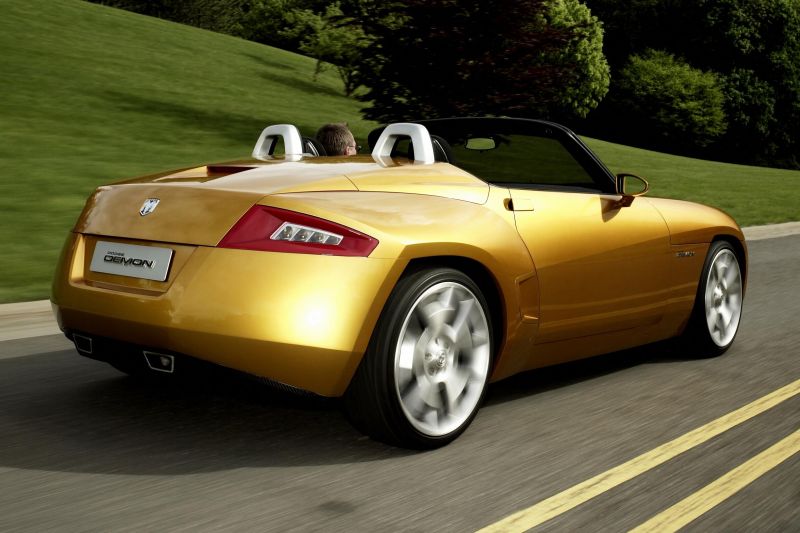
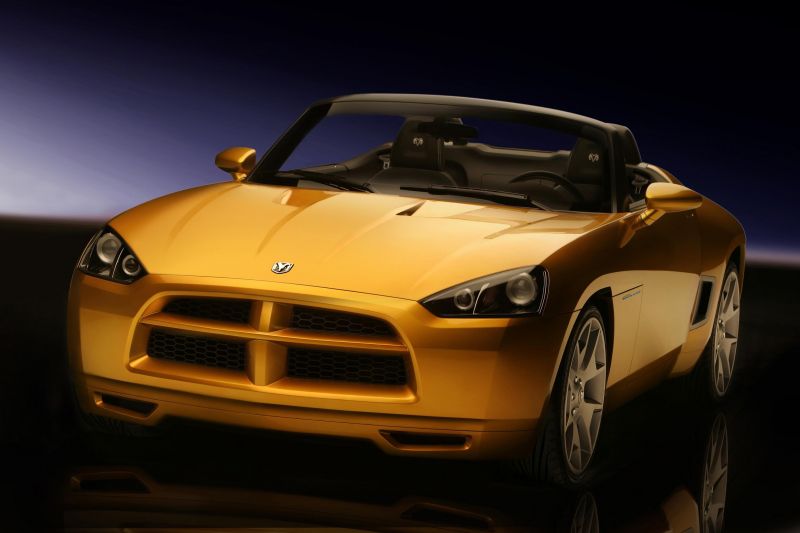
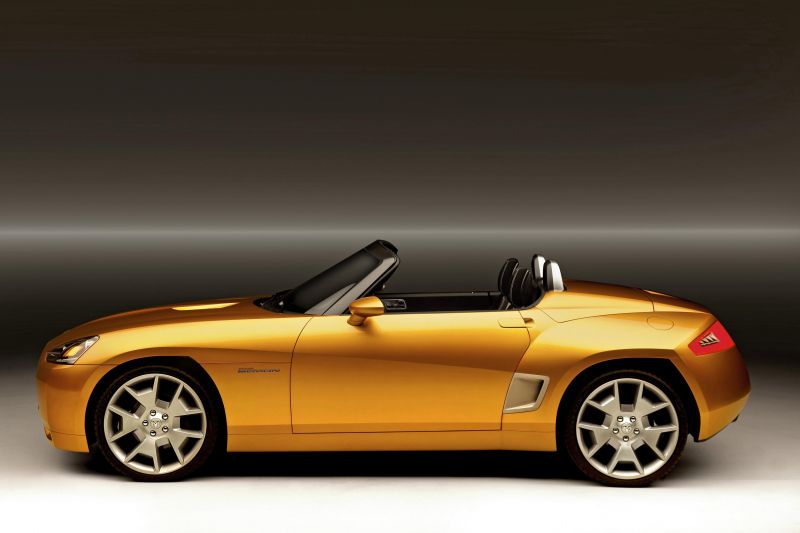
“Even with Hornet, we have best-in-class performance for a compact utility vehicle. You look at the R/T, the plug-in hybrid, it has V8-like torque. So price is absolutely important, but we’re not in the business of doing commoditised products just to be in the segment to do it in price only.”
An affordable sports car is something Dodge has flirted with before.
In 2007, it revealed the Demon concept. This rear-wheel drive roadster used a naturally aspirated 2.4-litre four-cylinder engine producing 128kW of power and 224Nm of torque, mated with a six-speed manual transmission.
Dodge advertised a kerb weight of 1179kg, around 70kg more than a contemporary MX-5 convertible. In fact, in most dimensions it was close to the Mazda.
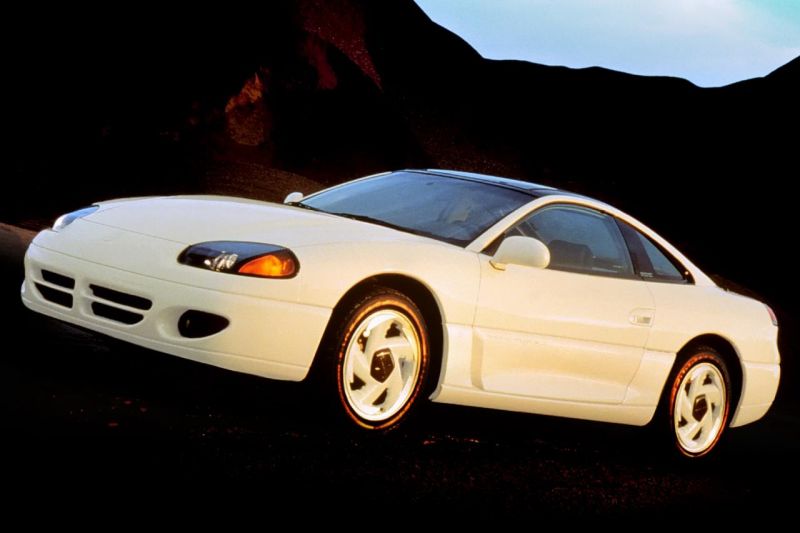
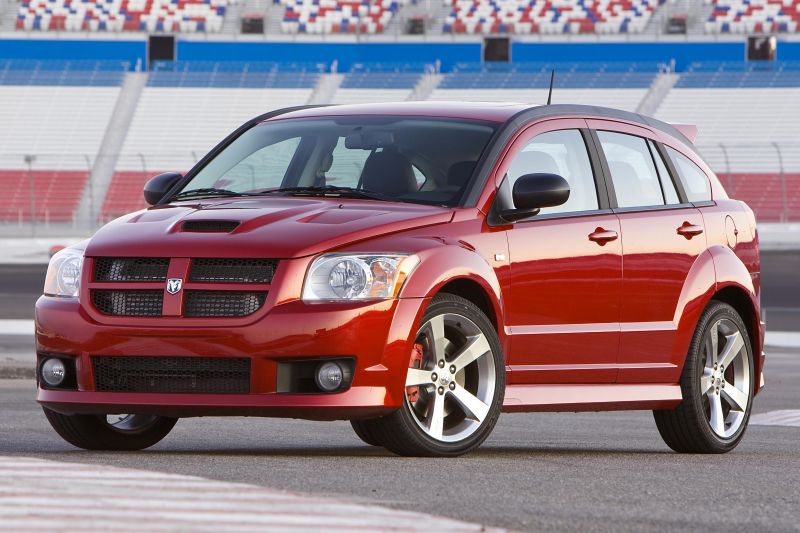
Had it entered production, the Demon would have battled not only the Mazda MX-5 but also the Pontiac Solstice and Saturn Sky from rival General Motors.
Dodge has offered sports cars before, besides the Viper. The Stealth was a restyled Mitsubishi 3000GT and a replacement for the Conquest, a rebadged Mitsubishi Starion.
While they may not qualify for the ‘sports car’ designation, Dodge also offered hot turbocharged versions of its Neon and later Caliber, which served as affordable entry-level performance models for buyers who couldn’t stretch to a Viper or Challenger.
William Stopford is an automotive journalist based in Brisbane, Australia. William is a Business/Journalism graduate from the Queensland University of Technology who loves to travel, briefly lived in the US, and has a particular interest in the American car industry.


Josh Nevett
8
5 Days Ago
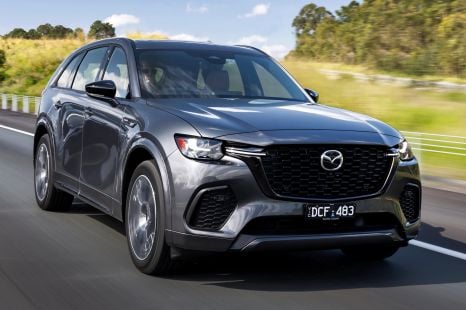

Jack Quick
7.9
4 Days Ago
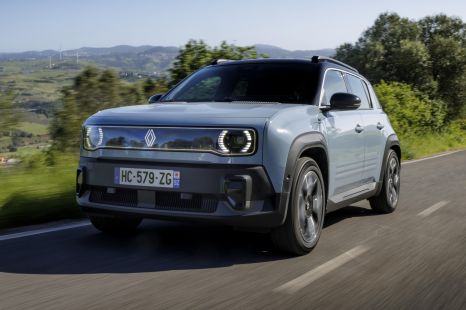

Neil Briscoe
3 Days Ago
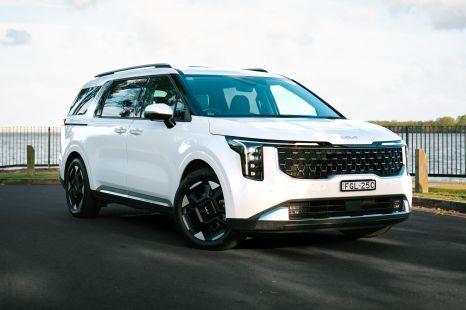

William Stopford
8.5
2 Days Ago
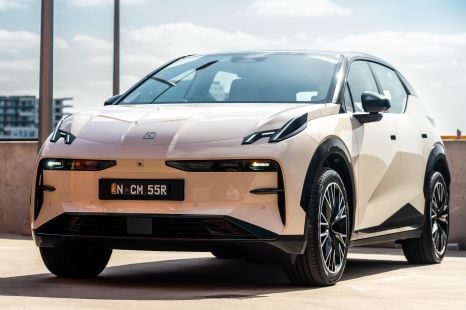

James Wong
7.9
1 Day Ago


Damion Smy
12 Hours Ago